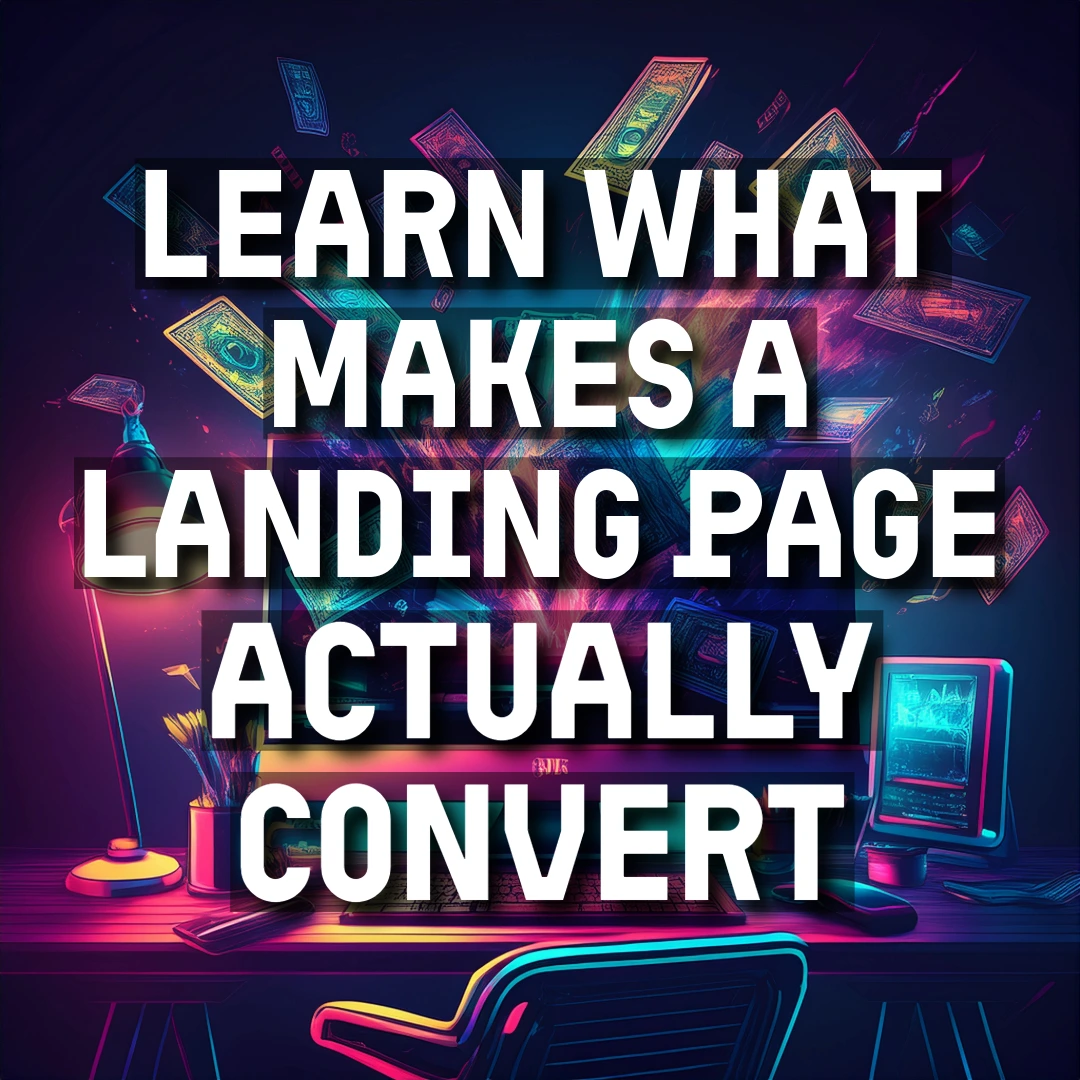Website Customer Journey: Guide Clicks Into Clients
Your website customer journey is more important than your design.
In just a few seconds, a visitor decides whether to continue or click away. But what happens after they stay? If your site doesn’t have a clear path that guides visitors toward a decision, you’re not just losing traffic—you’re missing out on conversions.
At Sharpen Brand, we believe a beautiful website should also be functional. It should lead users forward. That’s where the customer journey comes in.
Let’s walk through how to build one that works.
Define the Starting Point of Your Website Customer Journey
Every journey has a beginning. And for your site visitors, that entry point could be almost anywhere. They might arrive from Google, click through an ad, or land on a blog shared by a friend.
This is why you must ask: Where are they starting?
- Homepage?
- Landing page?
- A blog post?
- A service page?
The answer shapes your entire journey strategy. When you know where users begin, you can design a clearer path forward.
To see how we guide users from different entry points, explore our Voice Search Optimization page.
Match Content to Your Visitor’s Stage in the User Journey
Not all visitors are in the same mindset. Some are just researching, while others are ready to book. Therefore, your content needs to meet them where they are.
Here’s how:
- If they’re early in their journey, offer educational content
- If they’re solution-aware, provide proof and differentiation
- If they’re ready to buy, give them one clear action
A strong website user journey gently moves each visitor to the next level. It doesn’t overwhelm—it guides.
This multi-stage journey thinking is baked into pages like our What We Do page—where content educates, builds trust, and then invites the click.
Create One Clear Path to Conversion
Multiple messages split attention. A strong website journey map creates momentum by narrowing focus. According to Nielsen Norman Group, users act like “informational foragers,” making split-second choices based on perceived value and direction. If your page doesn’t make that path obvious, they’ll bounce before exploring further.
This means:
- One core CTA per page
- One goal per section
- One direction per flow
Multiple messages split attention. A strong website journey map creates momentum by narrowing focus.
Not sure if your homepage has a defined path? Here’s what might be missing.
Add Strategic Secondary Paths for Support
While the primary path guides most users, others may need different touchpoints. For them, build in subtle secondary journeys.
You can:
- Link to case studies or testimonials
- Offer downloadable resources
- Add a low-commitment CTA like “Explore More”
These secondary website journey routes are not distractions—they are safety nets that catch colder leads without disrupting your main conversion flow.
For ideas on how users behave when they scroll or hesitate, this Hotjar guide to customer journey mapping is a great resource.
Design the Journey Map with Momentum in Mind
A good customer journey isn’t just about pages. It’s about momentum.
Design each section with purpose:
- Headlines should lead into benefits
- Buttons should support the flow
- Visual hierarchy should reduce friction
Every scroll should feel intuitive. Every click should make sense.
This kind of frictionless flow is what we specialize in at Sharpen Brand—and it’s why clients see more qualified leads when their website journey is mapped with intent.
The Baymard Institute has done extensive research into how small UX decisions affect larger flow and conversion—worth the read.
Make Every CTA Part of the Website Customer Journey
CTAs are more than just buttons. They’re moments of decision.
To optimize them:
- Use active, specific language (“Book a Strategy Call” instead of “Submit”)
- Place them where the visitor is naturally ready to act
Additionally, test button placement across devices to ensure accessibility and visibility.
Need help mapping this? Get in touch with us—we can walk your site like a buyer would.
Build a Website Customer Journey That Converts
A beautiful website that lacks structure is like a GPS with no destination.
When you map your website customer journey intentionally, you remove confusion. You give your visitor clarity. And most importantly, you increase the likelihood they will become your client.
If your site isn’t guiding users through a clear journey, it’s time to fix that.
Let’s sharpen your customer journey—and turn every click into a conversion.
→ Ready to map your ideal path? Let’s build it together.



